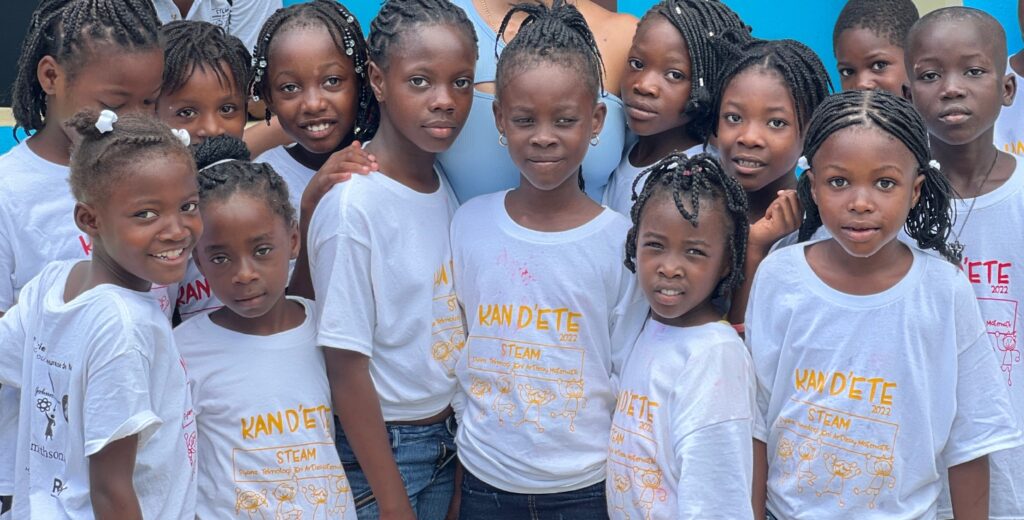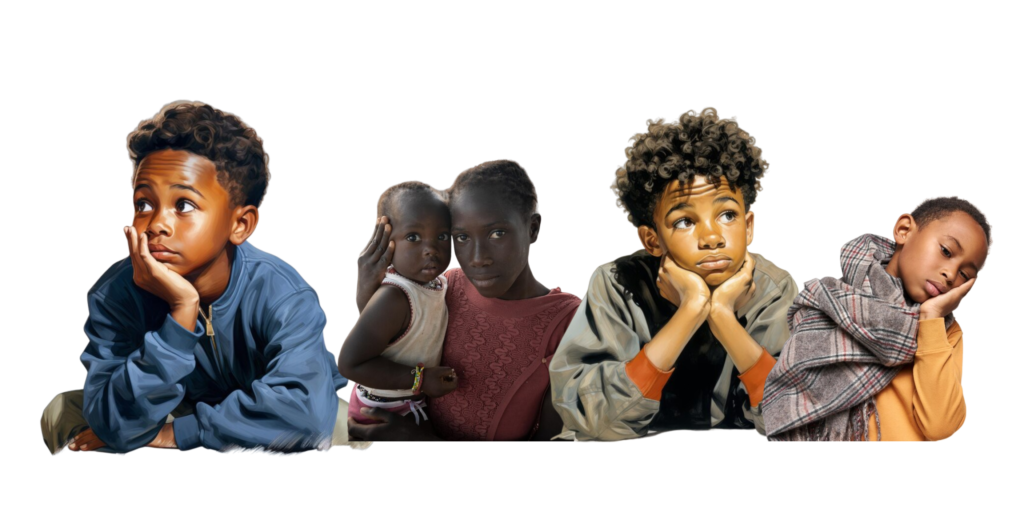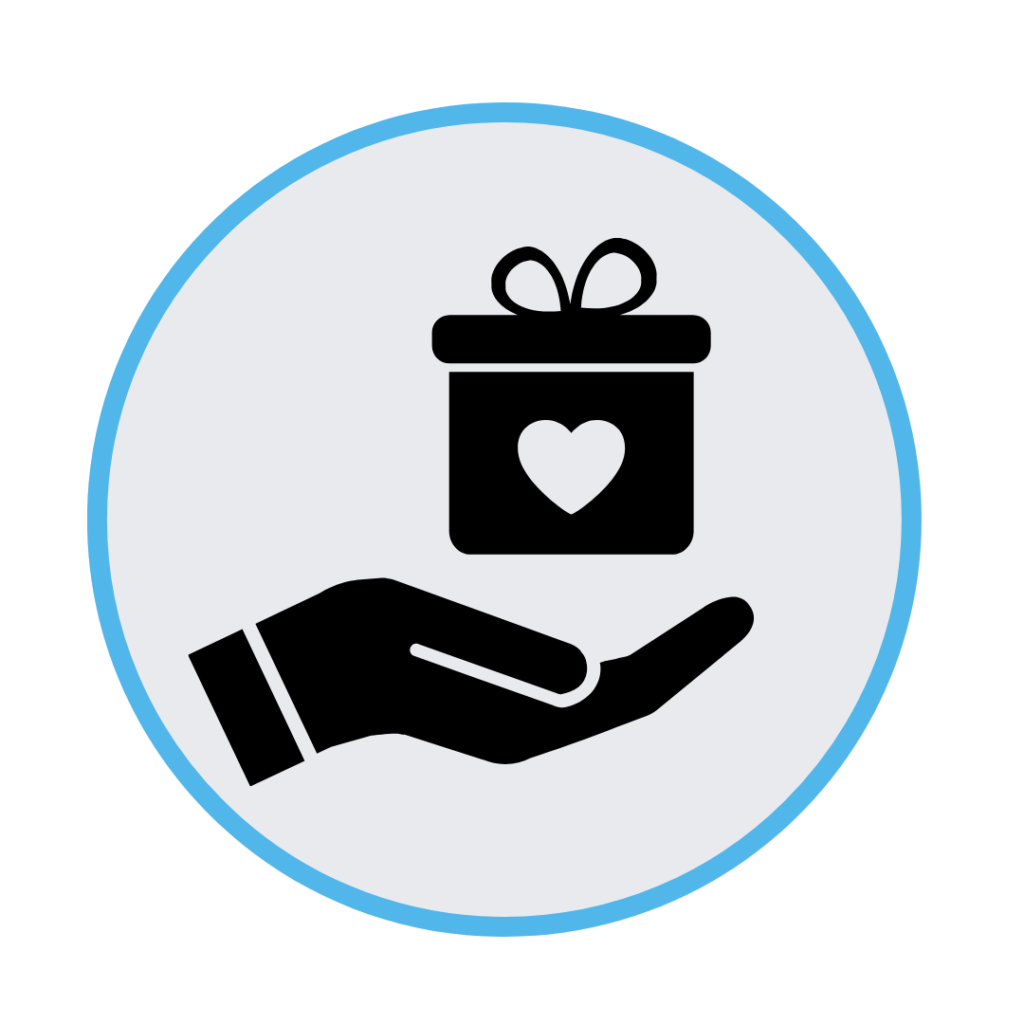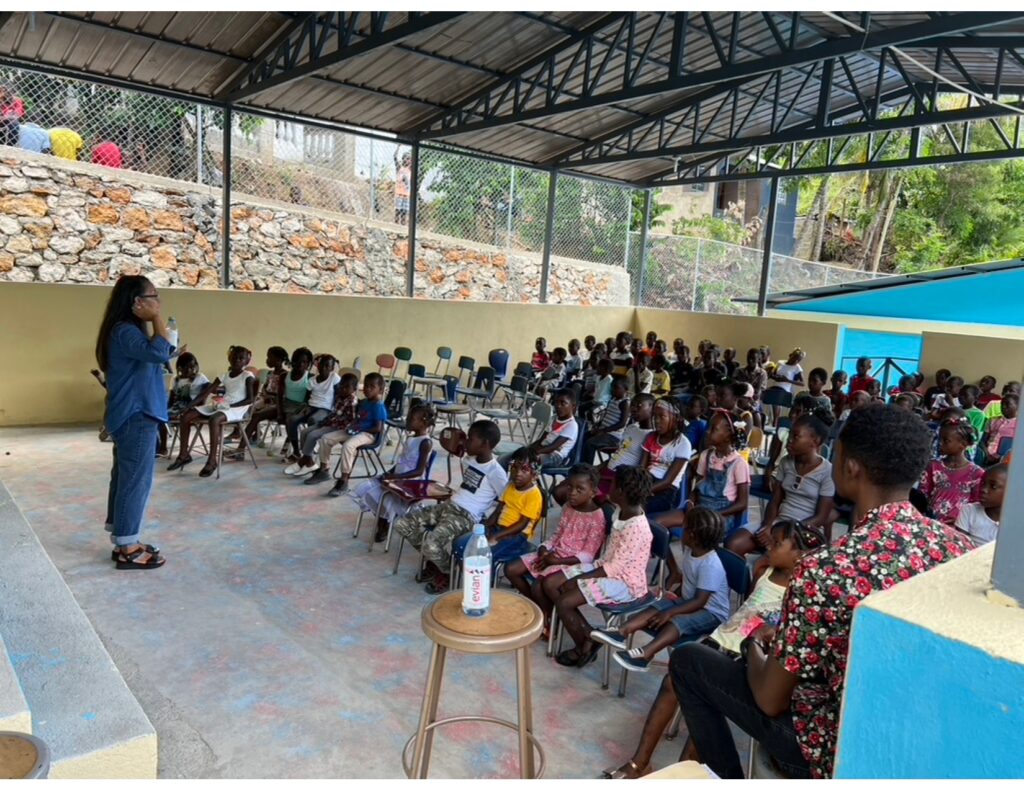“Education is the most powerful weapon which you can use to change the world”-Nelson Mandela

Increased earning potential: Education can help individuals acquire the skills and knowledge they need to enter higher-paying jobs and increase their earning potential. This can help to break the cycle of poverty by providing individuals with the resources they need to support themselves and their families.
Improved health outcomes: Education can also help to improve health outcomes by providing individuals with the knowledge and skills they need to make informed decisions about their health. This can help to reduce the incidence of diseases and improve overall health outcomes, which can help to reduce poverty by reducing healthcare costs and improving productivity.

Education can help to reduce inequality by providing individuals from disadvantaged backgrounds with the skills and knowledge they need to succeed. This can help to level the playing field and provide individuals with equal opportunities to succeed regardless of their background.
Education can also help to increase social mobility by providing individuals with the skills and knowledge they need to succeed in a variety of fields. Ths can help individuals move up the socioeconomic ladder and improve their standard of living, which can help to reduce poverty.
: Education can help to stimulate economic growth by providing individuals with the skills and knowledge they need to contribute to the economy. This can help to create jobs and icrease economic activity, which can help to reduce poverty by creating opportunities for individuals to earn a living.
Get our emails to stay in the know.
By clicking ‘Send’ I accept the terms and conditions of the privacy policy and consent to receive email updates and stories from HER For Humanity.
Focusing on girls is important to eradicate poverty because they face unique challenges and barriers that can prevent them from accessing education, healthcare, and economic opportunities. Here are some reasons why:
Empowerment
Community Development
Gender Equality
Well-Being
Girls are less likely than boys to attend school, and are more likely to drop out early. This limits their ability to gain skills and knowledge that can help them escape poverty and contribute to their communities.
Girls and women are more likely to suffer from malnutrition, maternal mortality, and other health problems. This can limit their ability to work and care for their families, and can perpetuate the cycle of poverty.
Girls and women are often excluded from formal employment, and may be forced to work. This limits their ability to earn a living and support themselves and their families.
Girls and women may face discrimination and violence, including gender-based violence and child marriage, which can limit their ability to make decisions about their own lives and futures.
The first phase focuses on stopping the school from closing and rescuing it by providing immediate supplies and paying the tuition. This will ensure that the school remains open and continues to provide education to the children in the community.
The second phase involves partnering with organizations such as P4H, Food for the Poor, Blue Butterfly, and the World Food Program to improve the school’s infrastructure and programs. This includes professional development for the staff and parents, updated facilities, literacy programs, and free lunch programs. These improvements will ensure that the school is well-equipped to provide high-quality education to the students.
The third phase is focused on empowering the community to take ownership of their own development. This involves providing vocational training programs, entrepreneurship programs, and community-led development initiatives. By empowering the community in this way, they will be better equipped to create a sustainable future for themselves and their children.
The fourth and final phase is about ensuring that the progress made in the previous phases is sustainable. This involves establishing local businesses, developing sustainable agriculture practices, and investing in renewable energy sources. These efforts will not only support the school, but also the wider community, creating a more sustainable and prosperous future for everyone.

Overall, this project has the potential to create a lasting positive impact on the lives of the children and their families in Milot, Haiti. The improvements to the school’s infrastructure, the empowerment of the community, and the focus on sustainability will create a foundation for long-term development and success.
Through our project, we’ve achieved several significant milestones. First, we’ve significantly increased access to education in Milot by saving the school and enhancing its infrastructure, leading to an impressive x% rise in attendance. This not only improves the students’ chances of success but also reduces the risk of poverty and unemployment. Additionally, our collaboration with the World Food Program has enabled us to provide free lunches, positively impacting the children’s nutrition and overall health. Thanks to hygiene and sanitation enhancements, illnesses at the school have decreased by x%. We’re also committed to the professional development of our staff, ensuring they deliver top-notch education and care. Furthermore, we’ve introduced STEAM (Science, Technology, Engineering, Art, Math) education to equip our students with critical thinking and problem-solving skills essential for thriving in the 21st century.

Your donation fuels hope, opportunity, and a brighter future for those who need it most.

“Her for Humanity” is a registered nonprofit organization dedicated to empowering communities and providing relief from poverty and suffering. We believe in transparency and accountability, ensuring your donations directly support our mission. Our mission is to make the world a better place, one child at a time, by supporting education and community development initiatives.